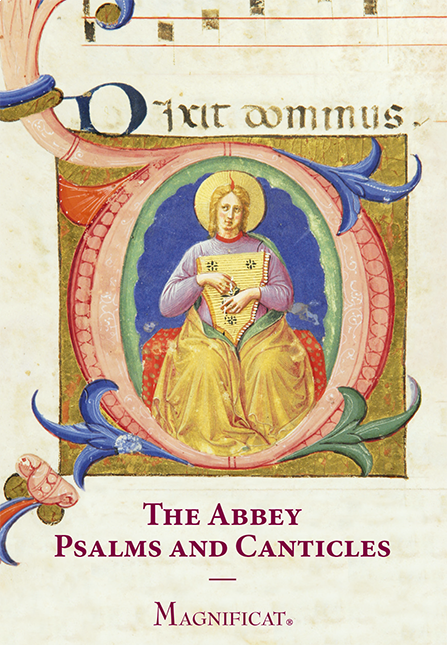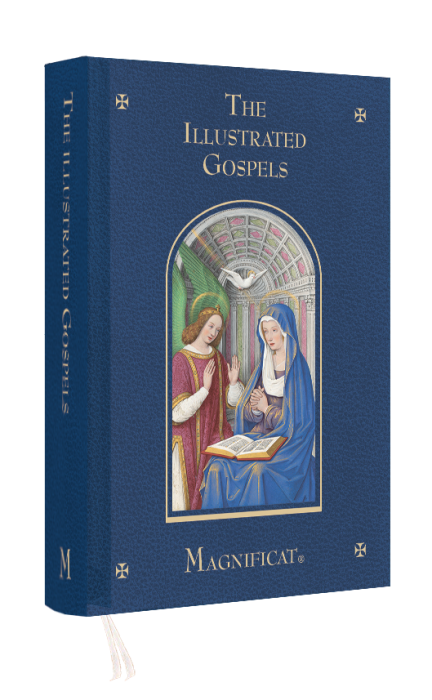Saint Who?
Saints Who Were Scientists
Saint Hildegard of Bingen
Doctor of the Church († 1179) Feast: September 17
“Glance at the sun. See the moon and the stars. Gaze at the beauty of earth’s greenings…. All nature is at the disposal of humankind. We are to work with it.” Hildegard of Bingen came from a noble German family. At eight she became a Benedictine oblate, and at seventeen professed religious vows. A theologian, poet, musician, and scientist, she probed the answer to the question: can man know God?
Her faith and her many mystical experiences convinced her of the intelligibility and value of creation. “All of creation is a symphony of joy and jubilation,” she wrote. “God has arranged all things in the world in consideration of everything else. Everything that is in the heavens, on the earth, under the earth, is penetrated with connectedness, is penetrated with relatedness.” Hildegard possessed a vast knowledge of herbs and medicines. Her most famous scientific works are Physica, on natural science, and Causae et curae, on medicines.
Hildegard’s wisdom was sought by many throughout Europe, and Pope Eugene III gave her permission to write down her visions and speak in public. She died at the age of eighty-one. Benedict XVI proclaimed her a Doctor of the Church in 2012.
Almighty Father, through the prayers of Saint Hildegard, help us to understand the natural world as your “symphony of joy and jubilation.”









